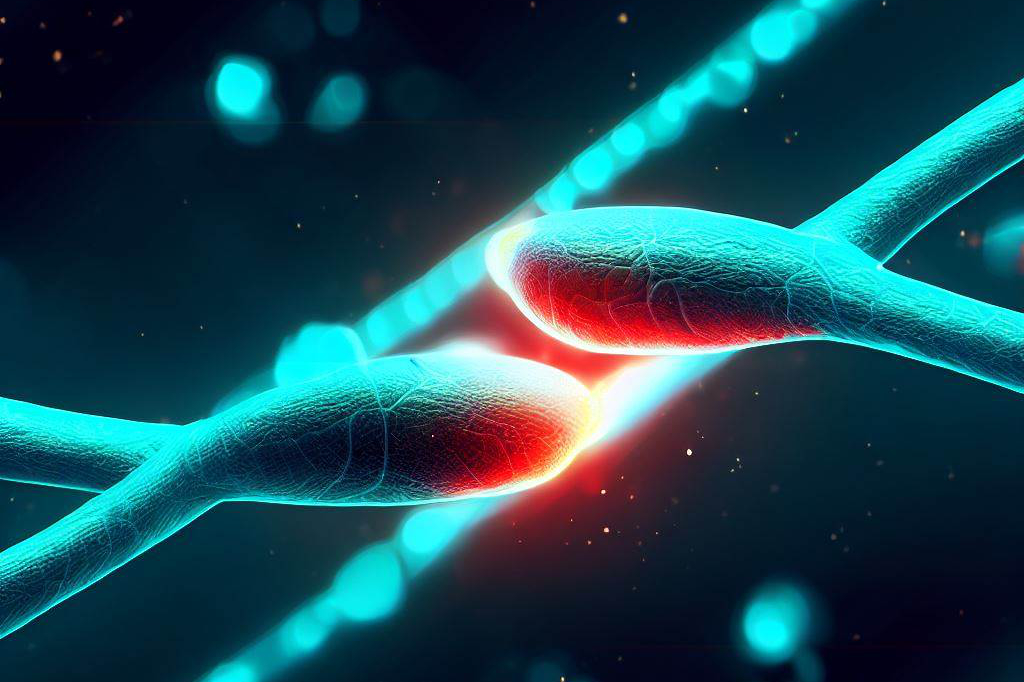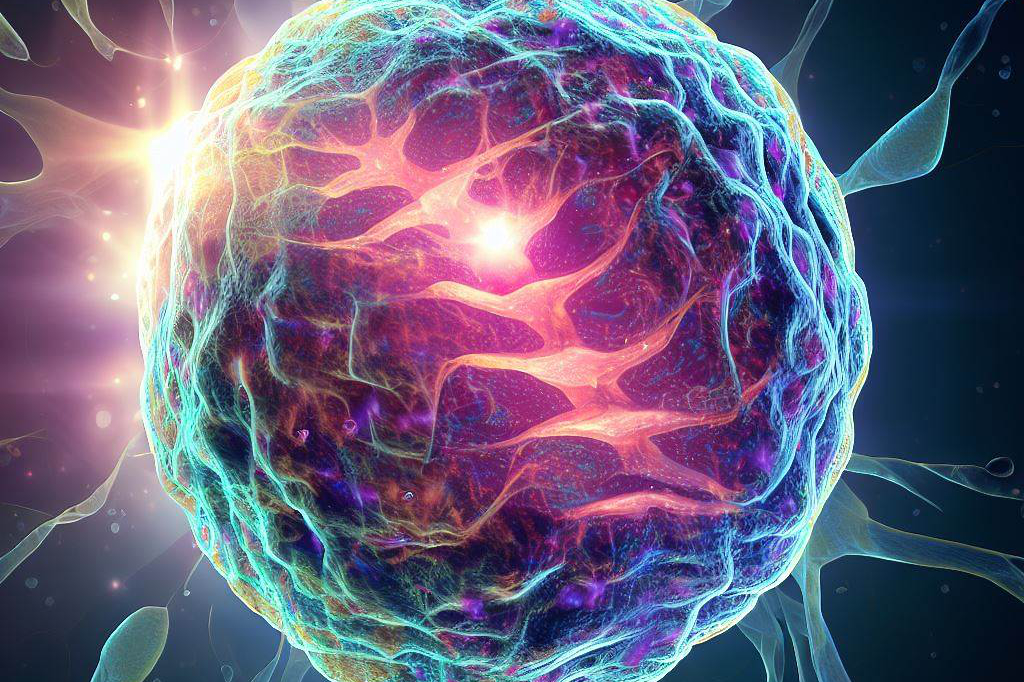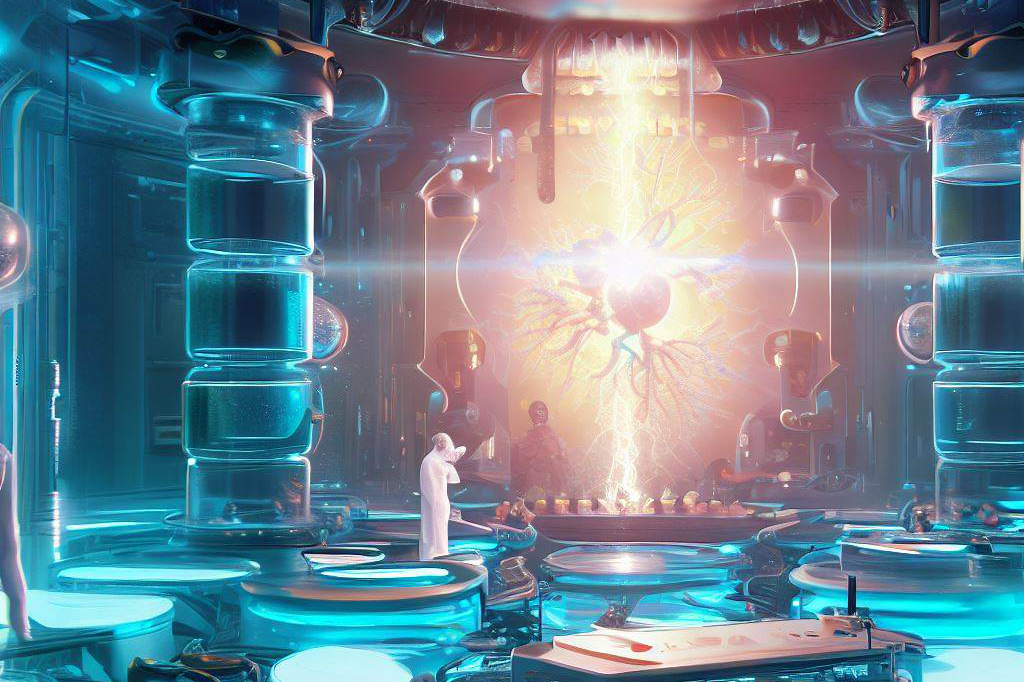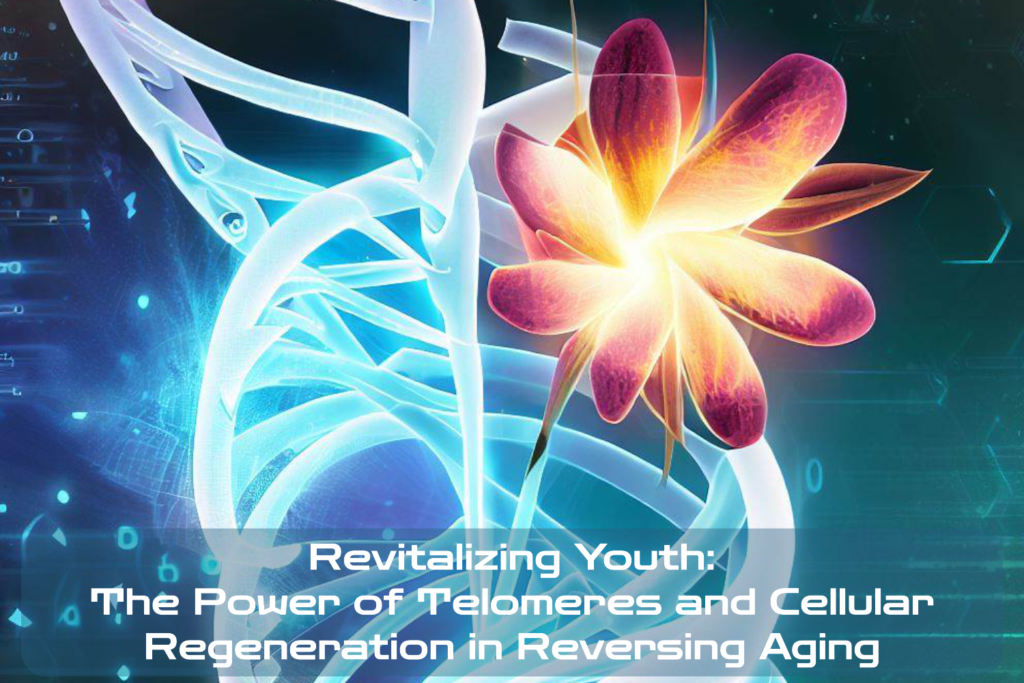Aging is a natural process that every living organism must go through. It is characterized by a gradual decline in bodily functions and an increased susceptibility to diseases.
The aging process is complex, involving numerous biological processes that affect the body at different molecular levels. Despite all the advances in modern medicine, there is still no cure for aging.
Definition of Aging
Aging can be defined as the progressive decline in an organism’s ability to maintain cellular homeostasis and physiological function over time. The effects of aging are visible at multiple levels, from molecular changes such as changes in gene expression to visible signs such as wrinkles and gray hair. As we age, our cells undergo multiple changes, which ultimately lead to tissue dysfunction.
One of the most well-studied mechanisms associated with aging is telomere shortening, which occurs during each cell division cycle. Telomeres are repetitive DNA sequences that protect chromosome ends from degradation or fusion with other chromosomes.
Importance of Reversing Aging

The importance of reversing aging cannot be overstated.
As we age, we become more susceptible to debilitating diseases such as Alzheimer’s disease, cancer, heart disease, and osteoporosis, among others.
In addition to these health concerns, there are also social implications associated with aging, such as the burden of caregiving on families.
The search for ways to reverse or slow down aging has been ongoing for many years now, and scientists have made significant progress towards understanding both the causes and potential solutions for reversing it at a cellular level.
Overview of Telomeres and Cellular Regeneration
Telomeres play a crucial role in cell division cycles by protecting chromosome ends from erosion or fusion with other chromosomes. Each cell division leads to telomere shortening until cells enter senescence or apoptosis.
In layman’s terms, think of it like this – Telomeres are like the plastic tips at the ends of shoelaces, but for your body’s cells. They protect the ends of chromosomes, which are like instruction manuals for our body. Every time a cell splits into two, these telomere ‘tips’ get a bit shorter. When they become too short, the cell becomes old and stops dividing, or it may self-destruct.
Cellular regeneration, on the other hand, is the process by which tissues repair themselves after injury or damage.
It involves the formation of new cells to replace those that have been damaged or lost. In recent years, there has been increased interest in exploring the role of telomeres and cellular regeneration in reversing aging.
There is evidence suggesting that telomere lengthening and cellular regeneration may hold the key to unlocking the secrets of aging and potentially reversing its effects. In this article, we will explore the biology of aging, delve into telomeres and cellular regeneration in more detail, and examine how these processes could be harnessed to reverse aging.
Telomeres: The Key to Aging

What are telomeres?
Telomeres are the protective caps at the end of chromosomes. They consist of repetitive DNA sequences (TTAGGG) and proteins that bind to them. Their primary function is to protect chromosomes from damage during cell division, which is essential for maintaining the stability of genetic information.
How do telomeres shorten during cell division?
Each time a cell divides, its telomeres get shorter because a small portion at the end is lost. This shortening occurs because DNA replication machinery cannot copy all the DNA sequences at the ends of chromosomes.
As cells divide repeatedly, telomeres eventually become too short to provide adequate protection for chromosomes. When this happens, cells stop dividing and go into a state called senescence or die through a programmed cell death called apoptosis.
Telomerase: The enzyme that lengthens telomeres
Telomerase is an enzyme that can add repetitive DNA sequences back onto the ends of chromosomes. Telomerase expression varies among different types of cells, with most normal somatic cells not expressing it.
Or again, in layman’s terms – Telomerase is like a repair kit that can rebuild these shoelace tips (telomeres) in our cells. However, not all cells in our body have this repair kit. Most of our regular body cells don’t make telomerase
However, it is highly active in certain types of cells like germ cells (sperm and egg), stem cells, and some cancer cells. Telomerase can reverse telomere shortening by adding repetitive DNA sequences back onto chromosome ends.
The role of telomeres in aging
Shortened telomere length has been linked to age-related diseases such as cardiovascular disease, Alzheimer’s disease, osteoporosis and diabetes mellitus type 2.
Therefore, researchers believe that preserving or enhancing telomers may contribute significantly towards slowing down or even reversing the aging process, including age-related diseases, as well as increasing lifespan. The progressive loss of telomers make senescent cells accumulate over time, leading to increased inflammation, decreased tissue function, and eventually degenerative diseases.
The Power of Cellular Regeneration: Restoring Youthfulness

The human body is constantly repairing and regenerating cells to maintain health and vitality. However, as we age, this regenerative power declines, leading to signs of aging such as wrinkles, sagging skin, and decreased energy levels. Fortunately, cellular regeneration therapies offer a promising solution for restoring youthful vitality.
What is Cellular Regeneration?
Cellular regeneration refers to the process of replacing or repairing damaged or dead cells in the body. The goal is to restore optimal function and improve overall health. This can be achieved through various methods such as stem cell therapy, platelet-rich plasma (PRP) treatments, and growth factors.
How Does Cellular Regeneration Work?
Stem cells are unique cells that have the ability to differentiate into different cell types in the body. They can be harvested from various sources, such as bone marrow or adipose tissue (fat) and then injected into areas of the body that need repair or rejuvenation. These new cells then promote healing and regeneration in damaged tissues.
PRP treatments involve extracting a patient’s blood and using a centrifuge to concentrate platelets, which are rich in growth factors. This concentrated solution is then injected into treatment areas to stimulate cellular growth and healing.
Growth factors are proteins that occur naturally in the body and regulate cell division, proliferation, differentiation, apoptosis (cell death), and wound healing. They play an essential role in maintaining healthy tissues throughout life.
Benefits of Cellular Regeneration for Anti-Aging
Cellular regeneration has numerous benefits for anti-aging including
- increased collagen production for firmer skin texture;
- improved circulation leading to brighter complexion;
- increased energy levels; better sleep quality;
- faster healing time after injury or surgery;
- reduced inflammation;
- improved joint function;
- enhanced immune function
and many more.
Types of Cellular Regeneration Therapies
There are several types of cellular regeneration therapies available, including stem cell therapy, PRP treatments, growth factor injections, and more.
Each therapy has its own unique benefits and risks, which should be thoroughly discussed with a medical professional before undergoing treatment.
Cellular regeneration therapies have the potential to reverse some of the effects of aging by promoting natural healing and rejuvenation in the body. While these therapies are not yet widely available, ongoing research shows great promise for their use in anti-aging treatments.
Reversing Aging: Combining Telomere Lengthening and Cellular Regeneration

Aging is an inevitable process that affects all living organisms. While we cannot completely stop or reverse the aging process, there are ways to slow it down and restore youthfulness to some extent. Recent research suggests that combining telomere lengthening and cellular regeneration may be a powerful approach to reversing aging.
Synergy between Telomere Lengthening and Cellular Regeneration
Telomeres play a critical role in aging by protecting the ends of chromosomes from damage during cell division. As telomeres shorten over time, the cells become less able to divide and repair themselves, leading to aging-related diseases such as cancer, heart disease, and dementia.
Telomerase is an enzyme that can counteract this shortening process by adding new DNA sequences to the ends of telomeres, effectively extending their length. Cellular regeneration, on the other hand, involves stimulating the body’s natural ability to regenerate damaged tissues.
It can help restore youthful function to organs such as the skin, brain, heart, and liver. By combining telomere lengthening with cellular regeneration therapies such as stem cell therapy or gene therapy, researchers hope to achieve more significant results than either method alone.
Examples of Successful Anti-aging Treatments Using Both Methods
Several experimental treatments have shown promise for reversing aging by targeting both telomeres and cellular regeneration.
One example is a study published in Nature Communications in 2015 that demonstrated that using a combination of gene therapy and stem cell therapy could improve heart function in aged mice by extending their telomeres while promoting cardiac regeneration.
Another promising treatment involves using small molecules called senolytics that selectively kill senescent cells (cells that have stopped dividing due to age).
Senolytics can trigger cellular regeneration while also reducing inflammation associated with aging.
In a study published in Nature Medicine in 2018, researchers used a combination of senolytics and telomerase therapy to reverse multiple signs of aging in mice, including improved physical fitness and an extended lifespan.
Future Prospects for Reversing Aging with These Methods
While these experimental treatments hold great promise for reversing aging, much more research is needed to determine their safety and efficacy in humans. The field of regenerative medicine is rapidly advancing, and new therapies are being developed all the time.
One exciting area of research involves using induced pluripotent stem cells (iPSCs), which can be created from adult cells and used to replace damaged tissues throughout the body. Combining telomere lengthening with cellular regeneration may be a powerful approach to reversing aging.
While there are still many challenges to overcome before these treatments can be widely used in humans, the future looks bright for anti-aging research. As our understanding of telomeres and cellular regeneration continues to grow, we may one day be able to turn back the clock on aging and enjoy longer, healthier lives.
Final Thoughts

The implications for reversing aging are vast and far-reaching. By understanding how telomeres work and how cellular regeneration can help restore youthfulness to our bodies, we may be able to prevent or even cure age-related diseases such as Alzheimer’s or Parkinson’s Disease.
Furthermore, if we continue down this path of research, it may be possible to extend human lifespans significantly in the coming years. Imagine a world where people not only live longer but lead healthier lives filled with vitality and vigor well into their golden years.
While there is still much research to be done in this field, it is clear that reversing aging is no longer a pipe dream but a tangible reality within reach. As we move forward into an era where science takes center stage on issues related to health, medicine, and longevity, there is every reason to be optimistic about what lies ahead.

C M, a seasoned editor, journalist, and consultant, is deeply fascinated by the convergence of technology, space, and the future of humanity.
With a particular interest in transhumanism, futurology, and the philosophical and ethical dimensions of these domains, C M serves as the lead contributor to TranscendSphere and SpaceSpotlight.
When not penning insightful articles on these rapidly evolving fields, C M indulges in their love for podcasts and books, proudly embracing their status as a ‘Happy Nerd Extraordinaire!’





